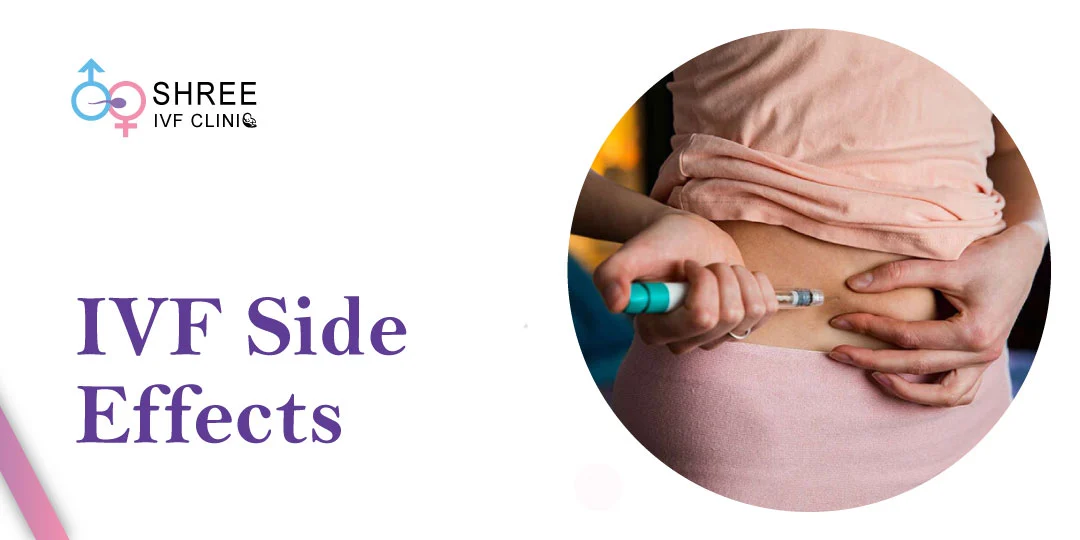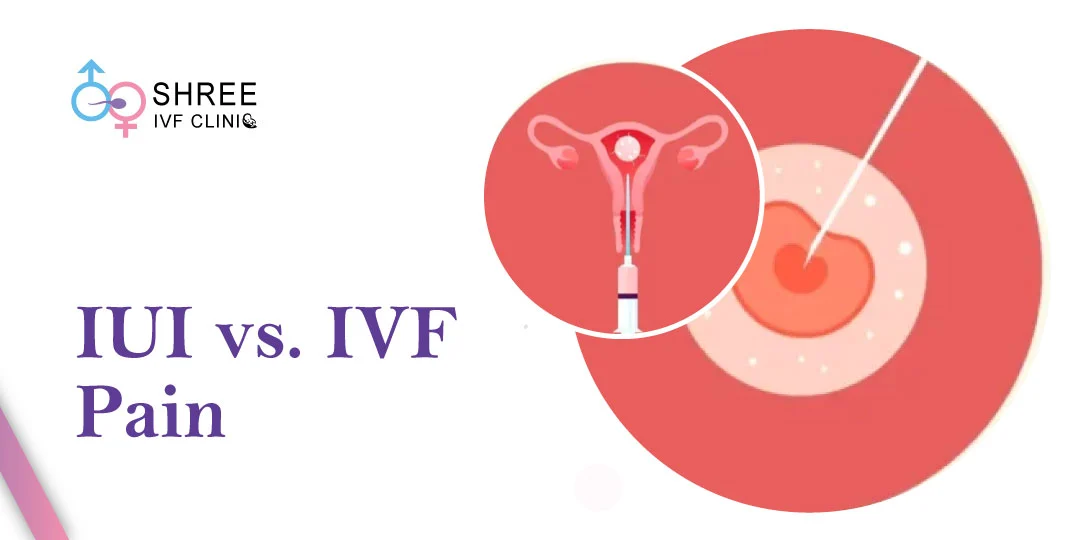7 Steps to getting pregnant with blocked fallopian tubes
UPDATED ON 9 OCT. 2021
One of the reasons behind Female infertility can be clogged fallopian tubes. Typically there are no symptoms, but several risk factors might raise the likelihood of getting this disease.
Tubal occlusion is the medical name for a blocked fallopian tube. The fallopian tubes are muscular tubes with delicate hair-like features lining them.

AUTHOR
Dr Jay Mehta
Scientific Director & IVF Specialist with 10+ years of experience
TREATMENT
CONDITION
GET IN TOUCH ON
Blocked fallopian tubes and infertility
On each side of the uterus, there are two thin tubes called fallopian tubes. These tubes must carry a mature egg from the ovaries to the uterus, where it may be fertilised and implanted into the uterine wall.
The chances of conceiving are considerably reduced if the fallopian tubes are injured or obstructed.
It’s also possible that the fallopian tubes are just partially obstructed, increasing the chance of an ectopic pregnancy. An ectopic pregnancy occurs when the fertilised egg implants outside of the uterus, most commonly in the fallopian tubes.
These pregnancies aren’t viable and might result in significant medical issues.
Can you get pregnant with one blocked fallopian tube?
Yes. The fallopian tubes are two tubes via which eggs move from the ovaries to the uterus. Each month, one of the ovaries produces an egg, which goes through one of the fallopian tubes and may or may not be fertilised by sperm.
If you’ve undergone pelvic surgery for an infection, a tumour, or an ectopic pregnancy in the past, you could only have one fallopian tube.
Sometimes only one tube is present when a woman is born. However, you may be able to conceive with just one tube if you meet the following criteria:
- At least one of your ovaries is working
- Menstrual periods occur once a month ( Regular ovulation)
- Your fallopian tube that is left is in good shape

4,790+
379K+
” Every individual and couple’s journey is unique, and
finding the right solutions tailored to their specific
circumstances can make all the difference “
7 Steps To Get Pregnant With Blocked Fallopian Tubes
If you wish to get pregnant despite having blocked or damaged fallopian tubes, here are seven simple things to do:
Step 1 – Recognize the signs and symptoms of a blocked fallopian tube:
Symptoms of a blocked fallopian tube are uncommon. Many women are unaware that their tubes are obstructed until they try to conceive and are unsuccessful.
Blocked fallopian tubes can cause mild, consistent pain on one side of the abdomen in some situations. This generally occurs as a result of a blockage. This happens when a blocked fallopian tube fills with fluid and expands.
Symptoms of conditions that might lead to a blocked fallopian tube can occur on their own. Endometriosis, for example, frequently causes painful and heavy periods as well as pelvic pain. It might put you in danger of having your fallopian tubes clogged.
Step 2 – Recognize the significance of fallopian tubes in conceiving:
When your fallopian tubes are injured or clogged (a condition known as tubal factor infertility), the egg and sperm are unable to connect, and the normal passage of embryos through the tube to the uterus is impeded, preventing conception.
Step 3 – Learn how fallopian tubes can become clogged or damaged:
The fallopian tubes are fragile organs that are as thin as a pencil lead. As a result, they are prone to become obstructed or damaged, resulting in tubal sterility.
The use of an intrauterine contraceptive device, especially when there are several sexual partners, is also known as one of the reasons for fallopian tube injury.
Endometriosis and sexually transmitted diseases such as gonorrhoea, which causes infection of the fallopian tubes, are other potential reasons.
Step 4 – Make an appointment with a fertility expert:
Given the importance of your fallopian tubes in getting pregnant, as well as how fragile and easily injured they are, getting pregnant with damaged or obstructed fallopian tubes would almost certainly necessitate the assistance of a professional.
Step 5 – Make an appointment for your initial consultation:
It’s important to choose a fertility specialist and book your appointment at the earliest. Such initial consultation plays a vital role in the treatment.
Step 6 – Determine whether or not your fallopian tubes are injured or obstructed, and to what extent:
The doctor will tell you about the therapy that is best for you depending on the location and degree of the injury or obstruction.
Step 7 – Decide on a treatment plan
If it has been established that your Fallopian tubes are blocked or damaged, there are two options for treatment to enable your pregnancy: tubal surgery and IVF treatment.
conclusion
Infertility can be caused by blocked fallopian tubes, although it is still possible to conceive. Laparoscopic surgery can often clear the obstruction and restore fertility. If surgery isn’t an option, IVF, if you’re otherwise healthy, can help you conceive.
AUTHOR
Dr Jay Mehta
Scientific Director & IVF Specialist with 10+ years of experience
TREATMENT
CALL US 24/7 FOR ANY HELP
GET IN TOUCH ON
Share Article on
Recommended Reading
What Are the Side Effects of IVF?
Know the side effects of IVF, from mild pain to hormonal changes, and get expert advice as you start your fertility journey.
After IVF Transfer Pregnancy Symptoms
Learn about early pregnancy signs after embryo transfer, including cramping, spotting or light bleeding, fatigue, breast tenderness, and nausea.
Which is More Painful: IUI or IVF?
Why is IVF generally more painful than IUI? Discover the expert pain management techniques that can help make your experience more comfortable




